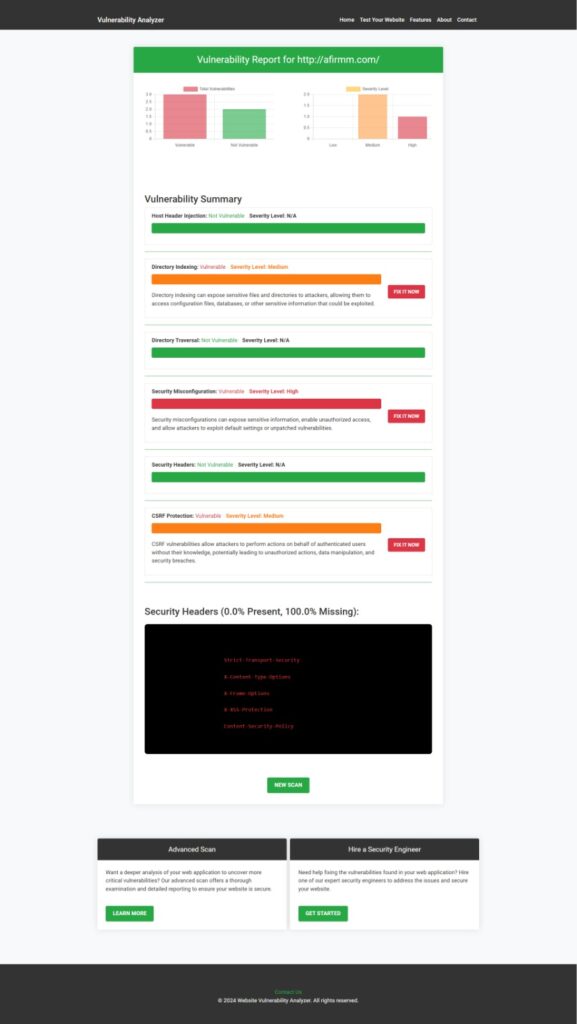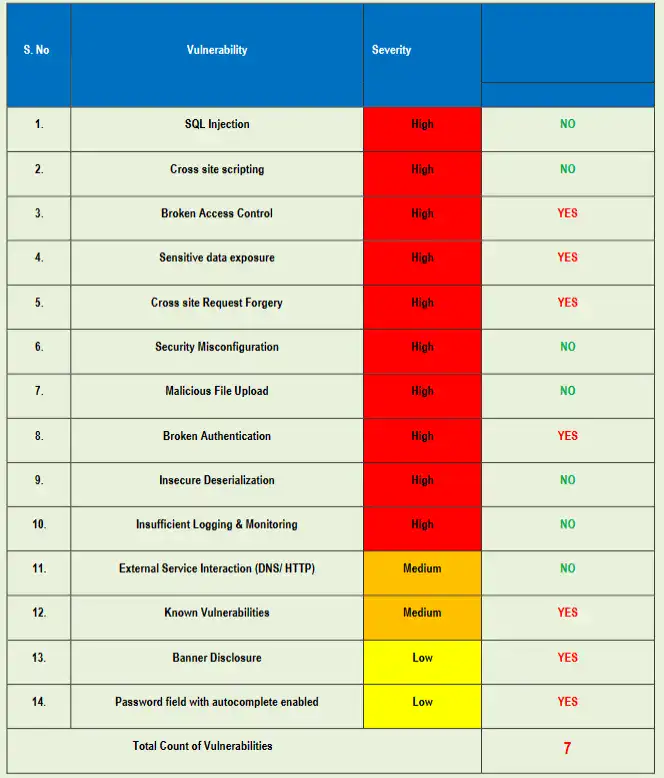Preventing Broken Authentication in Laravel: A Step-by-Step Guide
Introduction to Broken Authentication in Laravel
In the world of web application security, broken authentication is a frequent vulnerability that can lead to unauthorized access and compromise sensitive information. Laravel, a powerful PHP framework, provides tools to help mitigate these risks, but it requires developers to set up robust authentication processes. In this blog, we’ll go over what broken authentication is, and how it affects Laravel applications, and include a code example to strengthen your Laravel app’s security.

What is Broken Authentication?
Broken authentication occurs when there are flaws in the implementation of authentication mechanisms, allowing attackers to impersonate other users. Vulnerabilities include weak password policies, session mismanagement, or predictable login URLs. Preventing this requires understanding common security misconfigurations and applying secure coding practices.
Common Causes of Broken Authentication in Laravel
Here are a few frequent causes that can lead to broken authentication in Laravel applications:
- Weak Password Policies: If users can set weak passwords, attackers can guess them.
- Session Fixation: Failing to regenerate sessions upon login can leave users open to session hijacking.
- Improperly Managed Tokens: Not securing authentication tokens effectively can lead to token-based attacks.
Coding Example: Strengthening Authentication in Laravel
To demonstrate securing authentication in Laravel, let’s implement a few practices in your Laravel application code.
1. Enforce Strong Passwords
To enforce strong passwords, Laravel provides a built-in password validation rule. Add this rule to your registration form to require stronger passwords:
php$request->validate([
'password' => ['required', 'string', 'min:8', 'regex:/[A-Z]/', 'regex:/[0-9]/', 'confirmed'],
]);
2. Regenerate Session ID After Login
Regenerating session IDs after user login can prevent session fixation attacks. In Laravel, call the session()->regenerate() method in the AuthenticatedSessionController after a successful login:
phppublic function store(Request $request)
{
$request->authenticate();
$request->session()->regenerate();
return redirect()->intended(RouteServiceProvider::HOME);
}
This simple step can make a big difference in securing user sessions against hijacking attacks.
3. Implement Token Expiration and Refresh
For Laravel applications using APIs, ensure tokens have expiration times and enable refreshing to maintain security:
phpPassport::tokensExpireIn(now()->addDays(15));
Passport::refreshTokensExpireIn(now()->addDays(30));
These methods ensure the tokens automatically expire, adding an additional security layer.

Additional Resources for Securing Laravel Apps
For a deeper dive into cybersecurity and pentesting services, check out our recent post on How to Prevent Cross-Site Scripting XSS in RESTful APIs. Both sites are designed to assist developers and businesses in fortifying their web applications.
💡 Are you a developer or an IT agency?
You can now offer our pentesting services under your brand or earn referral commissions.
👉 Explore our Agency Partner Program:
https://www.pentesttesting.com/offer-cybersecurity-service-to-your-client/
Conclusion
Securing your Laravel app against broken authentication vulnerabilities is essential to safeguarding user data. Implementing strong password rules, session regeneration, and token expiration can greatly reduce risks. For more insights and free tools, visit our latest blog on Prevent Vulnerabilities on IDOR in Laravel: Best 2 Methods and explore our resources on Cyber Rely.

